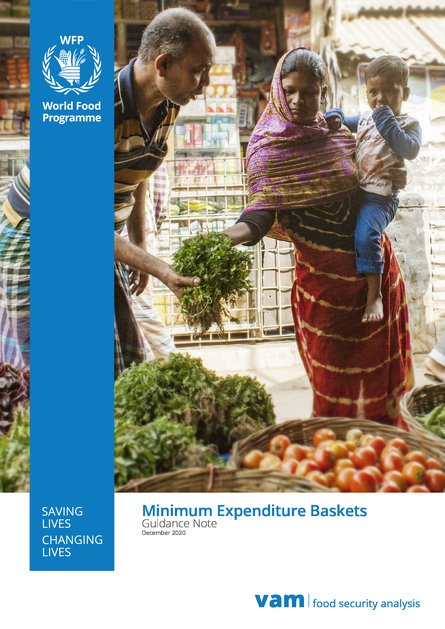
This guidance note on essential needs assessment is part of a package of guidance on the analysis of essential needs. This preface provides a brief introduction to the concept of essential needs, the rationale behind the package of guidance for the analysis of essential needs, what this analysis entails and how the different analytical pieces can be used. The concept of essential needs originates in the basic needs approach proposed by the International Labour Organization (ILO). The ILO report on the 1976 World Employment Conference defined basic needs in terms of household private consumption of goods such as food, clothing and housing, and services such as water and sanitation provision, education and public transportation.1 Since then, basic – or essential – needs have been broadly defined in several analytical frameworks as the essential goods and services required on a regular or seasonal basis by households to ensure survival and minimum living standards, without resorting to negative coping mechanisms or compromising their health, dignity and essential livelihood assets.
The minimum expenditure basket (MEB) looks at the needs that are covered, partially or fully, through the market. It sets a monetary threshold, which is defined as what households require in order to meet their essential needs. The starting point for constructing a MEB is usually household expenditure data. This data is analysed and triangulated with sector-based needs information to obtain a measure of the minimum cost of essential needs based on the population of interest’s actual demand pattern and consumption priorities. The expenditure data can be gathered as part of the essential needs assessment data collection. Once constructed, the MEB itself serves as a key input in the essential needs assessment set of indicators as it is used to assess which households have the economic capacity to cover their needs through the market.